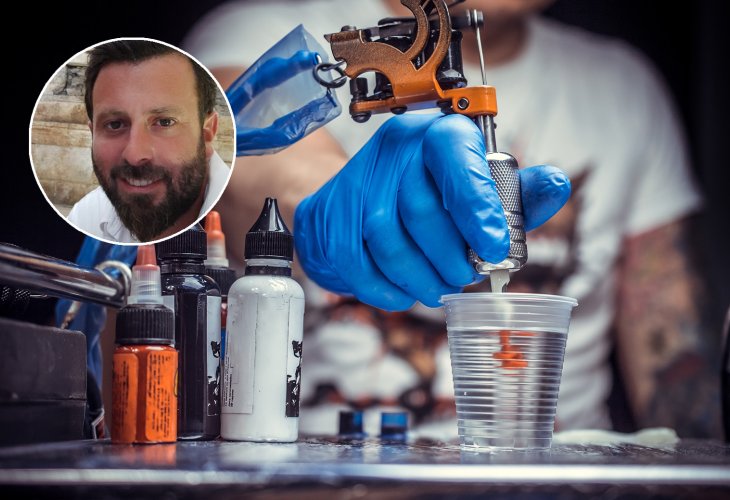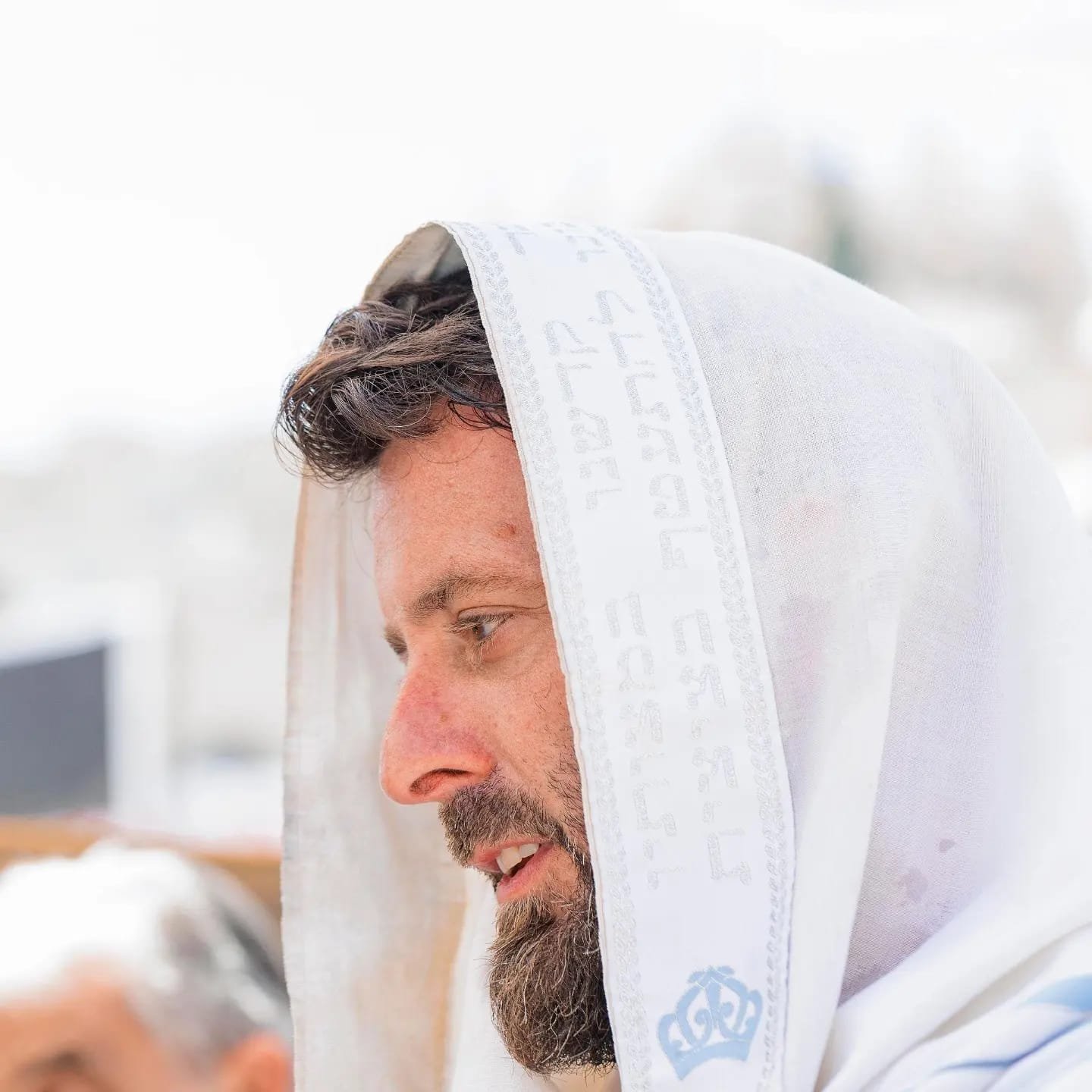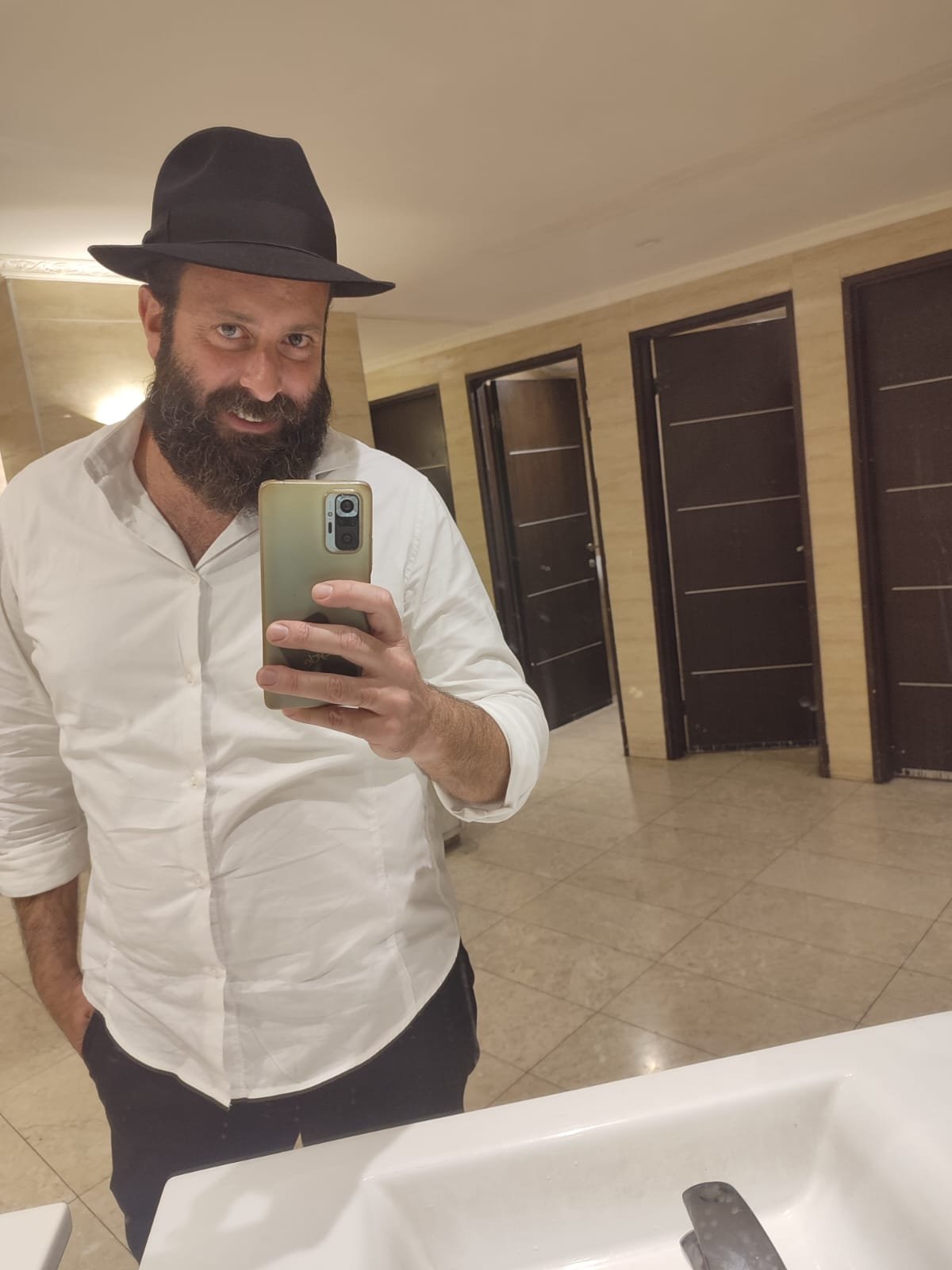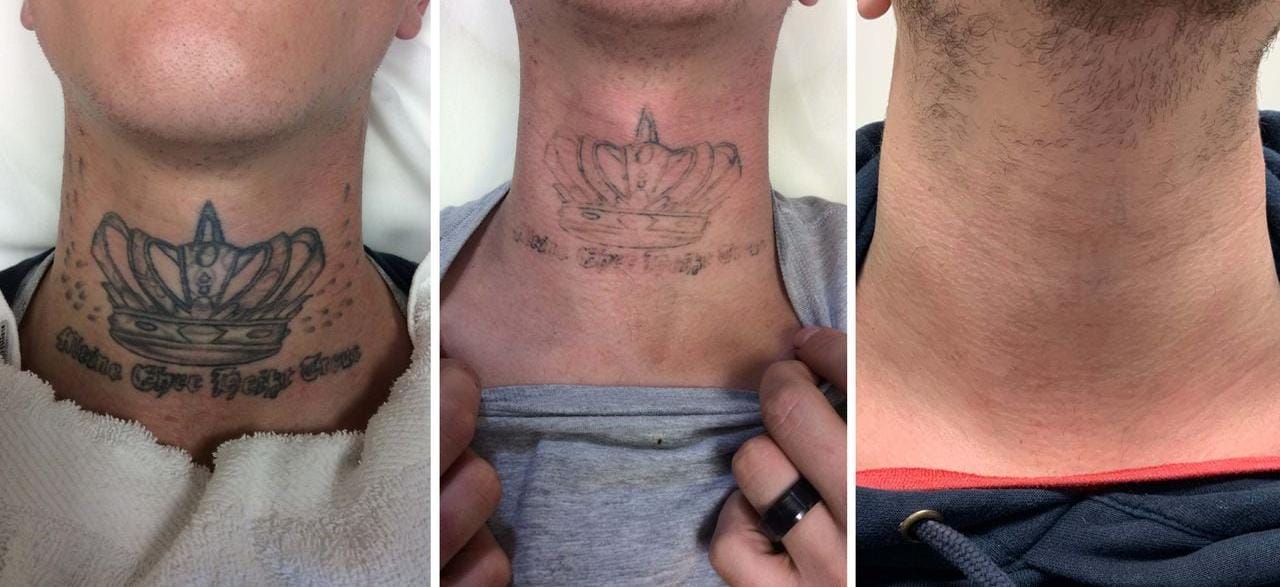Finding Purpose in Tattoo Removal: A Journey of Faith and Transformation
After removing two tattoos, Reuven Cohen embarked on a journey to remove his biggest one yet. During this process, he discovered a new mission: helping others on their path to spiritual growth.
 (Photo illustration: shutterstock)
(Photo illustration: shutterstock)How is a tattoo created and how is it removed? How long does removal take, and is it painful? Is there an obligation to remove a tattoo as part of a spiritual return to faith? These are questions Reuven Cohen wrestled with during his own journey of repentance. With three tattoos on his body, he knew he couldn't keep them. "I understood that spiritually, it's enough to repent for having a tattoo without needing to remove it. But I wanted more; I felt a strong need to cleanse myself completely," he says. "I removed one tattoo from my back, another from my arm, and then came the third, the largest. During treatment, I realized this is also how I can help others seeking to return to faith."
 Reuven Cohen
Reuven CohenRemoving with Love
Cohen began his journey toward faith in the last decade. "As I stood outside the delivery room, waiting for my daughter to be born, I felt a special spiritual connection, and that was the spark," he recalls. "I started asking questions and attending classes, and with the answers, I understood the path I needed to take. At some point, I discovered the prohibition against tattoos, which I hadn’t known as a teenager. Back then, I felt completely free, and tattoos were just another expression of that freedom. I didn't think about the long-term consequences or the possibility of regret."
At this point, Cohen delved deeper into the subject. "I heard a lecture by Rabbi Zamir Cohen and another more mystical one, which explained how a tattoo creates a spiritual blockage in the limb where it’s placed," he explains. "Additionally, the Torah states, 'You shall not make a tattoo inscription upon yourselves.' Since some tattoos include sacred words, they become more problematic, especially considering strictures like not entering a bathroom with such words on your skin. Repentance for creating the tattoo is sufficient, but some rabbis advised me that it’s worthwhile to remove them as an act of higher repentance, out of love."
On a personal level, Cohen felt compelled to remove his tattoos. "I knew I was doing it not out of obligation but out of love, wanting to fully embrace divine sovereignty," he explains. "As I removed the tattoos, I felt I was undergoing a mental cleansing. I paid money, which felt like a spiritual redemption, and the pain and discomfort were, to me, atonement for the wrongdoing."
What led you to buy a tattoo removal machine yourself?
"I own a salon and aesthetics center, and at some point, I realized my role is to help others remove tattoos. I decided to offer significant discounts to those wishing to clean themselves as part of their return to faith. When someone turns to faith, various people are there to support them – rabbis, welcoming families, and so on. This was my contribution, to help those choosing to remove tattoos from before their spiritual awakening."

Pigment Breakdown
Reuven explains the process: "A tattoo is made by inserting under the skin, with a needle, a special pigment made of durable materials. There are three skin layers: the outer – dermis, middle – hypodermis, and inner – epidermis. The color is embedded in the middle layer and stays there. When laser tattoo removal begins, it sends laser pulses that break down the pigment under the skin. This breakdown prompts the immune system to send red blood cells to absorb the pigment and remove it from the body."
How long does the process take?
"It usually takes between four and six sessions, with two-month gaps in between. Each time, another pigment layer is broken down, and over two months, the body performs a cleanup. So, removing a tattoo takes about a year. As for the sensation, the laser pulse causes pain, but it’s bearable. We also use an anesthetic cream that reduces 80% of the pain, making it quite tolerable."

What about cost?
"It varies based on the tattoo's size, the amount of pigment, and its age. A newer tattoo requires fewer treatments, while one that has been on the body for 20-30 years and penetrated deeper layers will need more."
Cohen encounters many stories in his clinic: "Once, a religious man came to me whose less observant wife convinced him to get a tattoo. He immediately regretted it but didn’t know how to undo it and suppressed the issue until he decided to take action. He was so happy with the decision. Another young man returning to faith had tattooed his then-girlfriend’s name; as he grew spiritually, it became clear he wanted the tattoo removed to start fresh and clean with the woman he’d eventually marry."
Amid the booming trend of tattoos, there's a smaller, quieter wave of those choosing to remove them. "There's a significant spiritual awakening today, a massive movement of people choosing the path of faith. Along with it comes the need for people to remove their tattoos, doing so out of love," says Cohen. "I see people removing tattoos with noble spirit. It's uncomfortable, time-consuming, and costly, yet they are determined to go through this process. This willingness to cleanse themselves completely, despite the effort involved, moves me every time."

